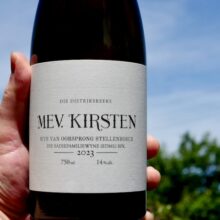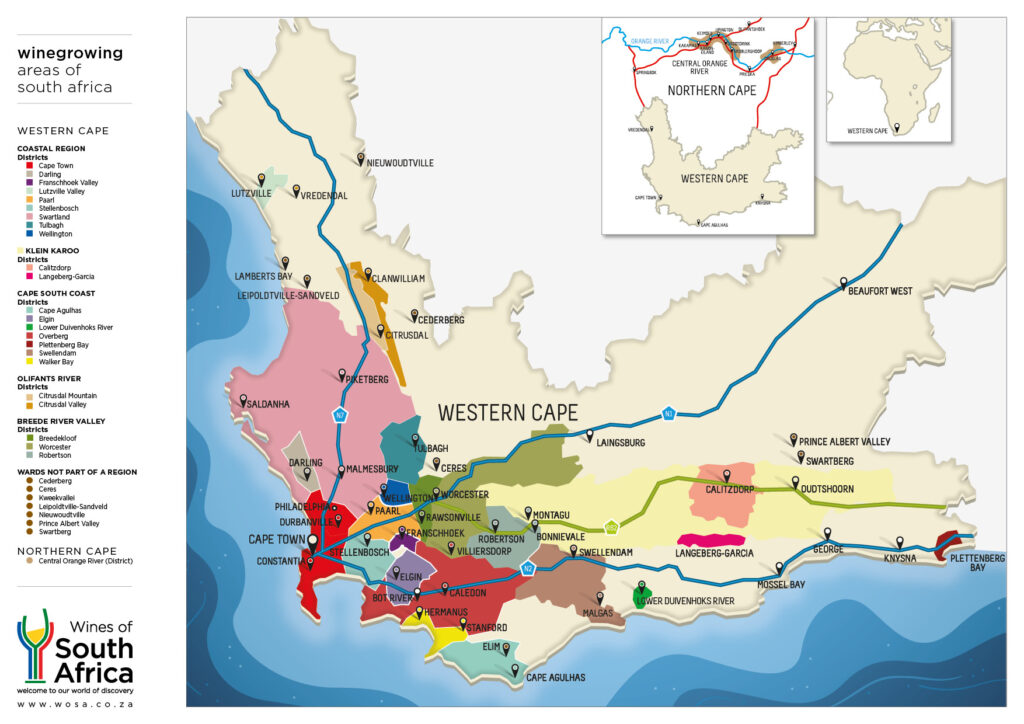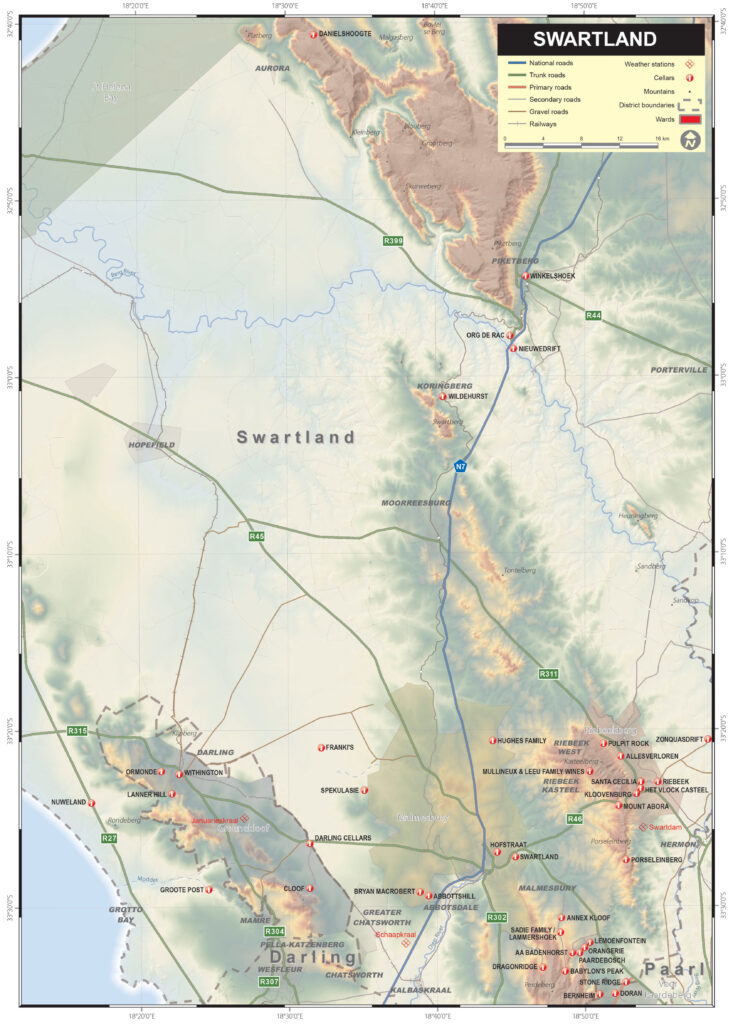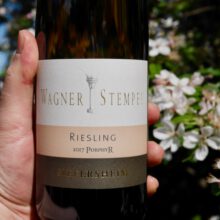
Product information
Sadie Family Stellenbosch Mev. Kirsten 2023
Chenin Blanc from South Africa
$415
Description
“The 2023 Mev. Kirsten is perhaps the most closed of the three Chenins, unfolding with time to reveal scents of yellow fruit, oyster shell and a touch of lanolin. The palate has superb weight and density—the most fruit-driven Chenin, with an irresistible, slightly viscous texture counterbalanced by a keen thread of acidity. It’s even a little petrolly on the finish. Fabulous from beginning to end.”
Neal Martin, Vinous 96 Points
In stock






You must be logged in to post a comment.